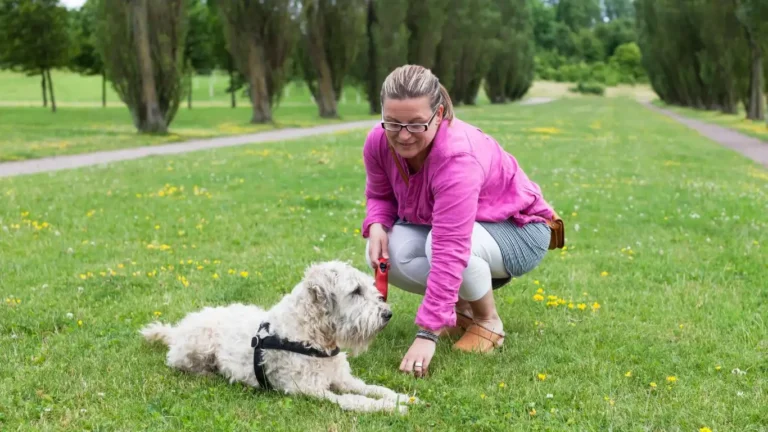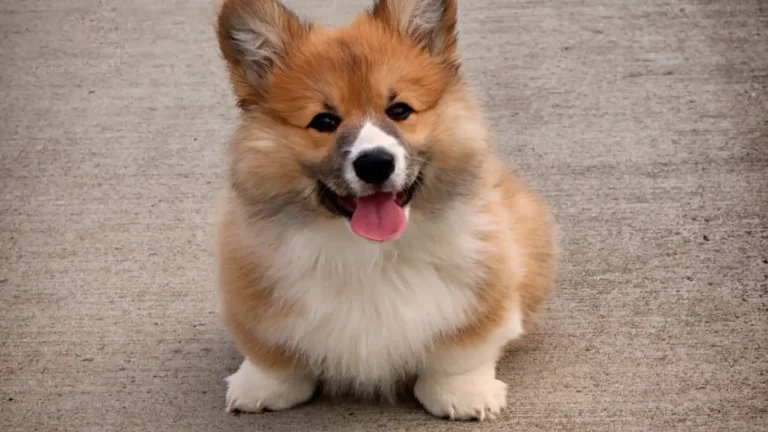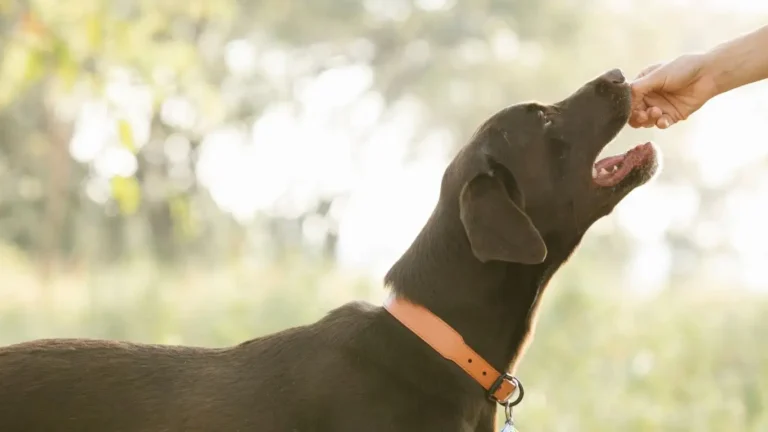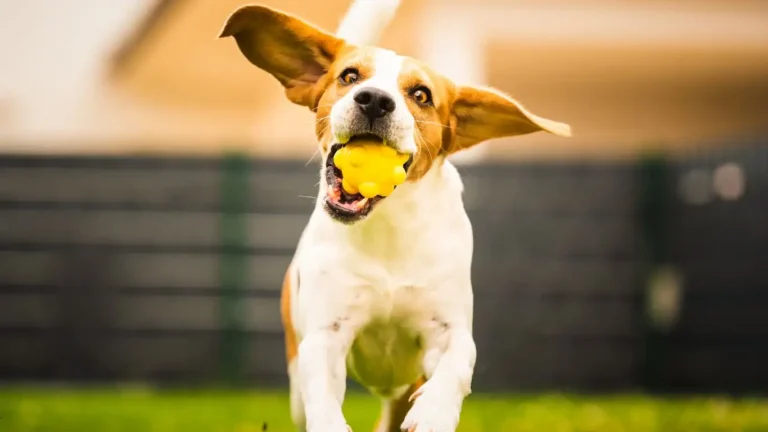How to Train a Dog to Ignore People with Food for Calm Walks
If you’ve ever been out walking your dog and noticed them going absolutely crazy whenever someone nearby pulls out food, you’re not alone. It’s a common challenge—and one that can be tricky to handle if you don’t have a clear plan. From my years as a Canine-Assisted Therapy Trainer, I’ve seen firsthand how dogs get distracted or overly excited by people carrying snacks, and how frustrating it can be for owners trying to keep their pups focused and calm. That’s why learning how to train a dog to ignore people with food is such a valuable skill, not just for your sanity, but for your dog’s safety and good manners too.
Understanding Why Dogs React to Food in Public

Before diving into training techniques, it helps to understand what’s really going on inside your dog’s head. Dogs are naturally scavengers—this behavior goes back to their ancestors who had to seek out food for survival. When they see someone holding food, their instincts kick in, and their focus zeroes in on the potential “prize.”
From my experience, it’s not just about the smell or sight of the food. It’s also the excitement and energy from the people around it that can trigger your dog. Some dogs are more sensitive to these cues, especially those with high food motivation or certain breeds known for their strong prey drive.
The Role of Environment and Context
Where you train and the environment you choose matters a lot. For example, a dog might ignore food in a quiet park but become distracted in a bustling marketplace or outside a café where food smells and human activity multiply. In therapy work, we often have to train dogs in varied settings so they can generalize their behavior—not just learn to ignore food in one spot but everywhere.
Why Consistency Is Key
One of the biggest pitfalls I’ve seen is inconsistency from owners. Maybe your dog ignores food some days but goes nuts on others. This can confuse your dog because they don’t understand what’s expected. That’s why consistent practice and clear communication are vital. If your dog isn’t sure whether they’re allowed to react, they’ll likely test boundaries.
Starting the Training: Teaching Your Dog to Ignore Food

Now for the practical side. How do you actually start training your dog to ignore people with food? It boils down to building focus and impulse control—two essential skills for any well-behaved dog.
Step 1: Build a Strong Foundation with Basic Commands
Before tackling distractions like food, your dog should reliably respond to basic cues like “sit,” “stay,” and “look” (or “watch me”). These commands help your dog shift their attention from the tempting food to you.
- “Sit” and “Stay”: These create a calm and stable position for your dog, making it easier to control impulses.
- “Look” or “Watch me”: This is a game-changer for redirecting focus. You want your dog to learn that looking at you, even with food nearby, means rewards and praise.
In therapy training, these commands are non-negotiable. They become the backbone for managing distractions in real-world situations.
Step 2: Introduce Controlled Food Distractions
Start small. Ask a friend or family member to hold food at a distance where your dog notices it but isn’t overwhelmed. The goal here is to practice impulse control without giving in to the temptation.
- Have your dog on a leash in a quiet area.
- Ask your dog to sit and look at you.
- Show the food but don’t let your dog get it.
- Reward your dog for maintaining focus on you instead of the food.
- Gradually decrease the distance between your dog and the food over multiple sessions.
This approach builds confidence and control, so your dog learns that ignoring food is actually rewarding.
Building Real-World Skills: Training Your Dog to Ignore Food in Everyday Situations
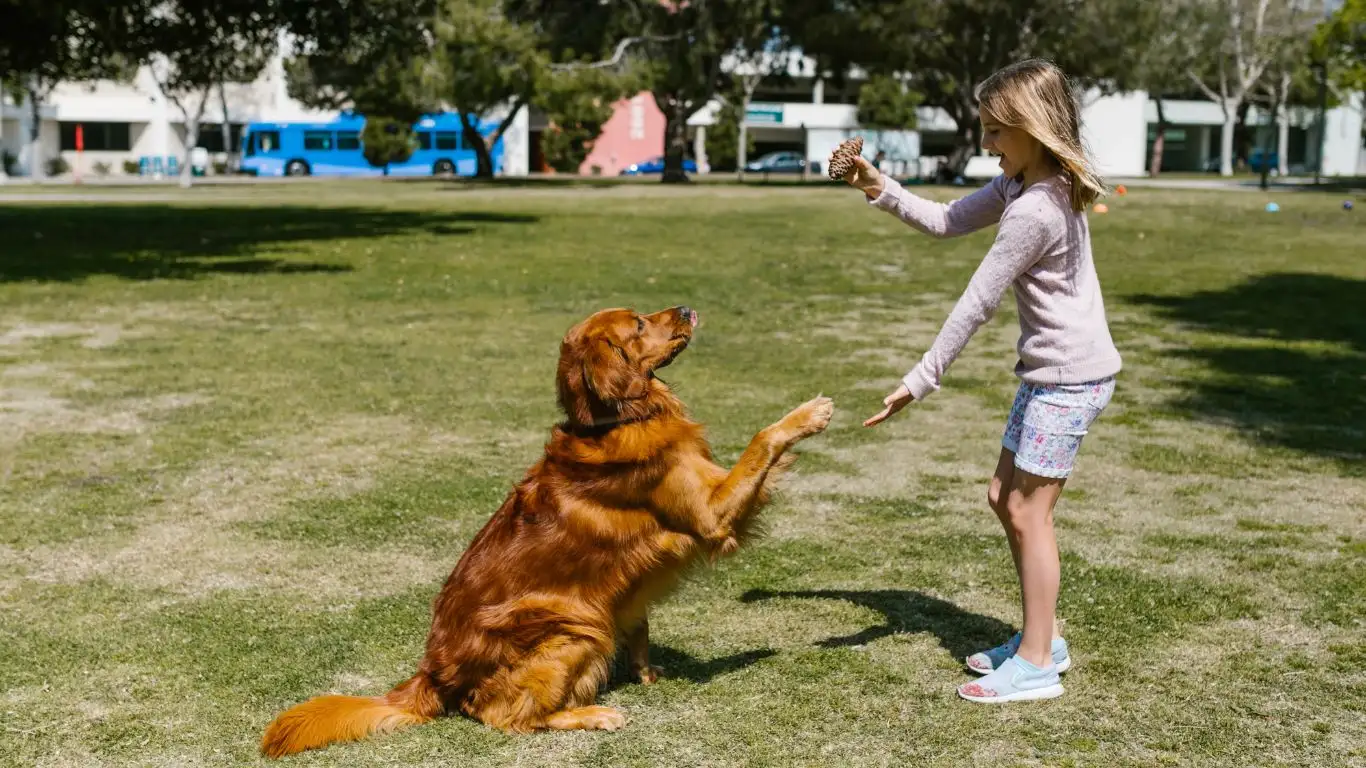
Once you’ve nailed the basics of focus and impulse control, it’s time to step things up a notch. Training your dog to ignore people with food isn’t just about those controlled sessions in the backyard—it’s about real life. That noisy street corner, the busy farmer’s market, or even the neighbor barbecuing next door—these are the real tests.
From my experience, the biggest difference between a well-trained dog and one that still struggles lies in how well the dog can generalize their training across different environments and distractions. When I was working with therapy dogs, we had to prepare them to stay calm no matter what tempting treats or smells were around. That meant training wasn’t a one-and-done deal; it was ongoing and varied.
Gradual Exposure to Food Distractions
Start by bringing your training into more distracting environments—but keep the challenge manageable. A good tip is to begin somewhere familiar but with a moderate increase in distractions, like a quiet park path or a friend’s backyard where people might be eating.
- Keep your dog on leash and continue reinforcing “sit,” “stay,” and “look” commands.
- Ask a helper to carry food and walk by at a comfortable distance.
- Reward your dog for ignoring the food and focusing on you.
- Slowly decrease the distance between your dog and the food-carrying person as your dog shows success.
Patience here is key. Some dogs might need weeks or even months before they can calmly pass a food distraction without a single glance.
Using High-Value Rewards to Reinforce Ignoring Food
This might sound ironic—using food to teach your dog to ignore food—but it’s one of the most effective tools in the training toolbox. The trick is to use rewards that are actually better than the distracting food your dog is trying to ignore. For example, if your dog is fixated on someone’s sandwich, you might reward them with a tastier treat like tiny bits of cooked chicken or cheese when they look at you instead.
During my therapy dog training sessions, I often found that timing was everything. The moment your dog shifts their attention to you, reward immediately. This reinforces the behavior more strongly than delayed rewards.
Managing Setbacks and Staying Consistent
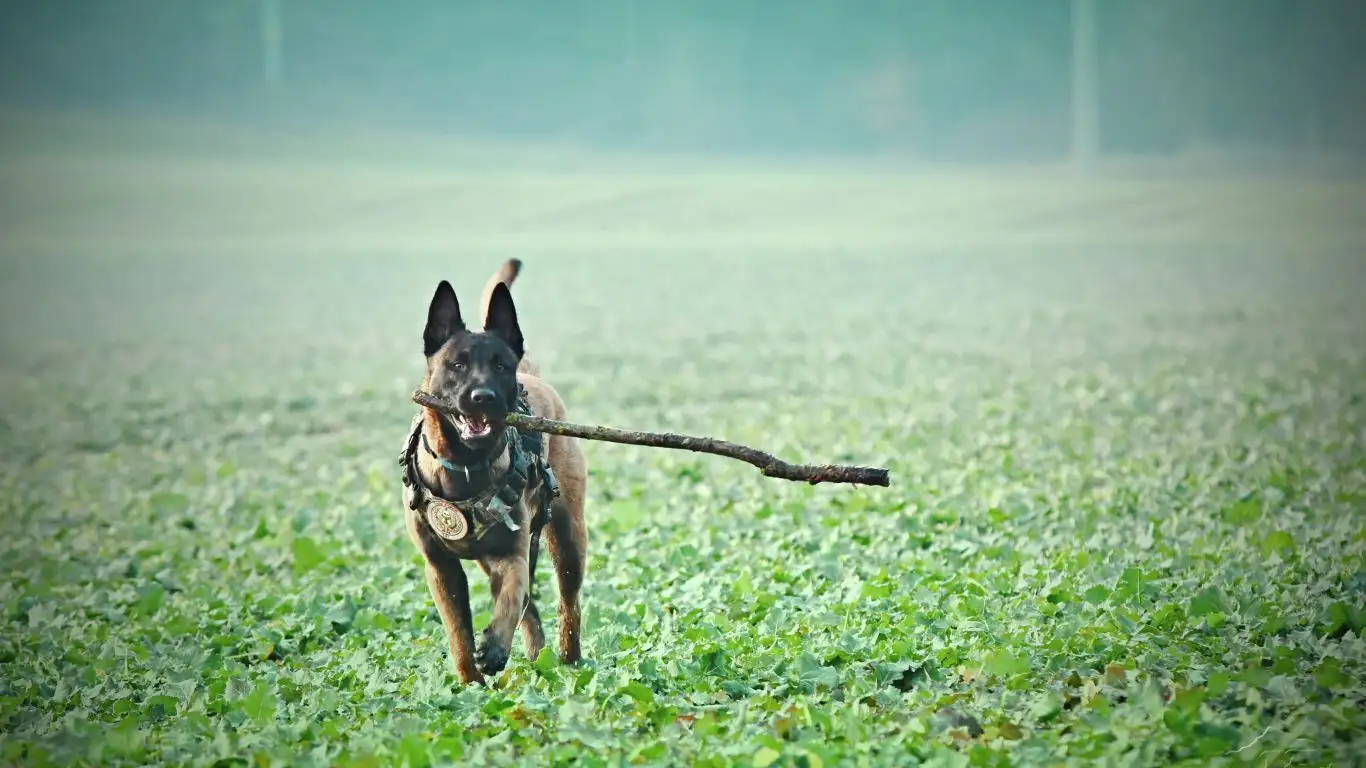
Training is rarely a straight path. Dogs are individuals with moods, distractions, and moments where they just want to be dogs! If your dog slips up and reacts to food, don’t sweat it or punish them. Instead, see it as valuable feedback on what your dog still needs to learn.
Here are a few tips from my personal toolkit for managing setbacks:
- Stay calm and patient: Dogs pick up on your energy, so keeping your cool helps them stay focused too.
- Revisit basics: If your dog struggles, step back to easier exercises or less distracting environments before building up again.
- Keep sessions short and positive: End on a good note to keep your dog motivated for next time.
- Track progress: Jot down what works and what doesn’t, so you can tailor your approach over time.
Consistency from your side sends a clear message to your dog about what’s expected. It’s like learning any new skill—practice makes perfect.
Tools That Can Help
Sometimes, a little extra help can make training smoother. I’ve seen trainers and therapy handlers use gentle head halters or front-clip harnesses to keep control while teaching dogs to focus. These tools don’t replace training but can support your efforts, especially with stronger, high-energy dogs.
Another great resource is enrolling in a local obedience or focus class. Working alongside other dogs and distractions in a controlled environment gives your dog real-world practice with professional guidance.
Keeping Your Dog Safe and Stress-Free
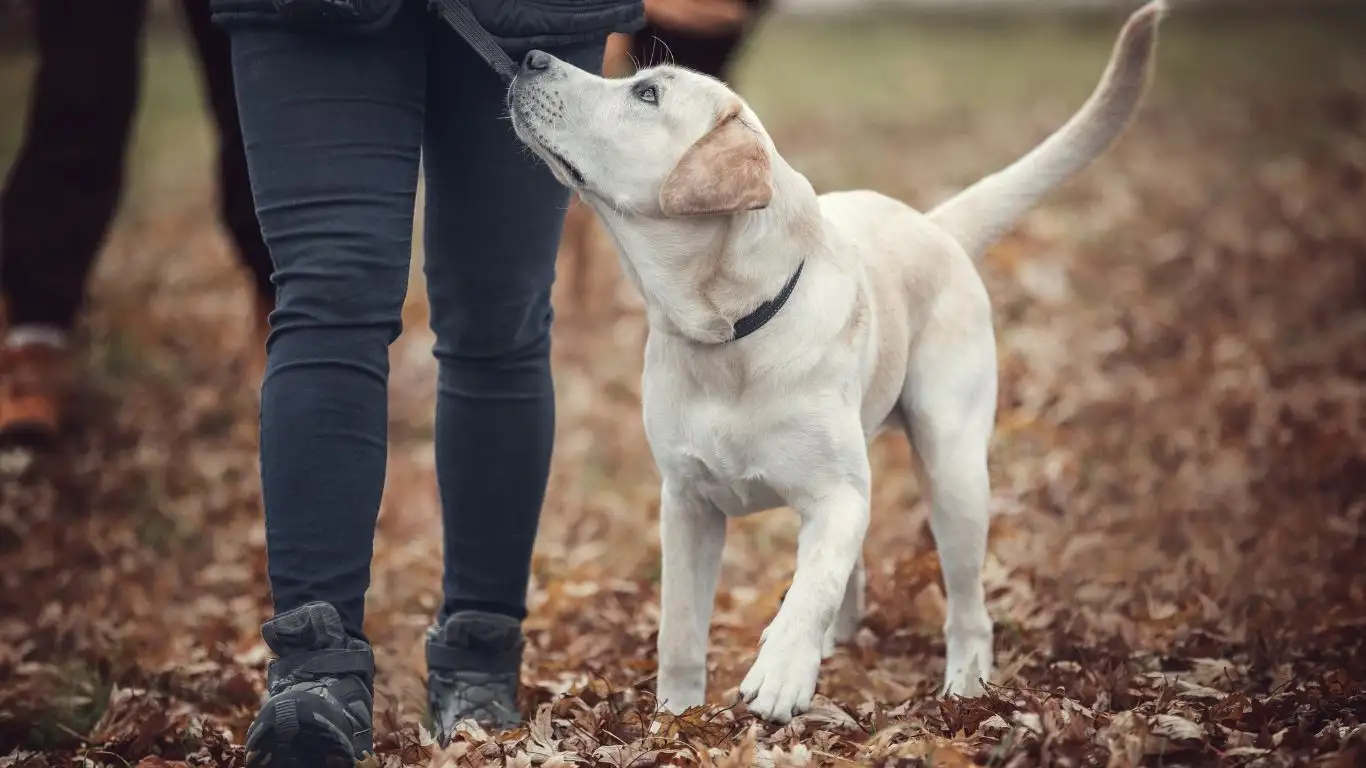
Ignoring food isn’t just about manners—it’s about safety. Dogs that chase after food from strangers risk eating something harmful or getting into dangerous situations like running into traffic. Teaching your dog to stay calm and focused around food is an act of love and care.
From my time in therapy work, I also learned the importance of reading your dog’s body language during training. If your pup looks stressed or overwhelmed, it’s okay to take a break or simplify the exercise. Training is a partnership, and your dog’s emotional well-being should always come first.
Remember, every dog is unique. Some might pick up ignoring food quickly, while others need a slower pace and more repetition. What’s most important is that you celebrate the small wins and build a strong bond of trust and communication with your dog along the way.
Advanced Tips to Reinforce Your Dog’s Focus Around Food
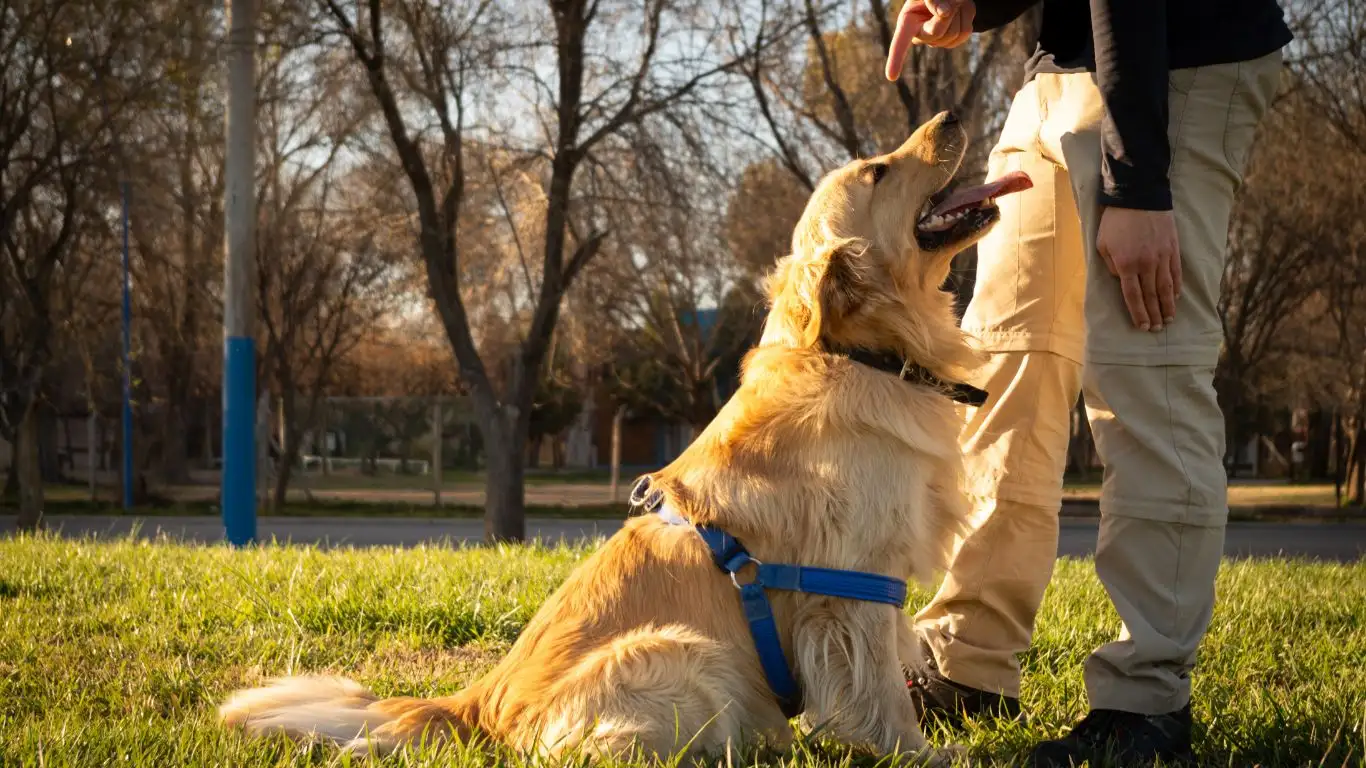
By this stage, you’ve laid down a solid foundation, tackled distractions, and built confidence in your dog to ignore people with food. But sometimes, you want to go a step further—especially if your dog is naturally food-driven or you live in a busy area packed with tempting smells. Here are some advanced strategies I’ve personally used and seen work wonders with therapy dogs and pets alike.
Practice with Variable Rewards
One of the best ways to keep your dog’s focus sharp is to avoid predictability. Instead of rewarding every single time your dog ignores food, mix things up. Sometimes give a reward, sometimes don’t—but always praise and keep the experience positive.
This variable reward system helps prevent your dog from getting lazy or thinking they only need to behave sometimes. It’s like a game of “will I or won’t I?” that keeps your dog’s attention on you because they don’t know when the next treat will come.
Incorporate Real-Life Scenarios
Training isn’t complete until it works in the chaos of real life. Arrange practice sessions in places where food is common: outside your favorite café, at the park during a picnic, or even near busy sidewalks where people might be eating on the go.
During these outings, be prepared with your treats and commands. If your dog starts to fixate on food, calmly redirect their attention using “look” or “leave it”, then reward them for compliance. From my experience, patience and repetition in real settings make the biggest difference.
Mind Your Body Language and Voice
Dogs are masters at reading their humans. If you tense up or get frustrated, your dog senses it and can become anxious or more distracted. I always tell owners to keep their tone light and encouraging, and to use confident, relaxed body language.
When training your dog to ignore people with food, a calm energy combined with enthusiastic praise works best. Your dog will pick up that focusing on you is a good thing, and it feels rewarding emotionally, not just through treats.
Common Challenges and How to Overcome Them

Even with the best techniques, you might hit some bumps along the way. Here are a few common hurdles and how to handle them:
“My Dog Won’t Stop Trying to Grab Food”
If your dog is super persistent, try upping the value of your rewards and lowering the difficulty temporarily. This might mean using a favorite toy or a special treat reserved only for training sessions. Also, increasing exercise and mental stimulation before training can help burn off excess energy that fuels impulsive behavior.
“My Dog Ignores Me When Food Is Around”
This usually means your dog’s focus foundation isn’t quite solid yet, or the distractions are too intense. Go back to basics in a quiet place and practice commands like “look” and “leave it” before slowly adding distractions again.
“I Don’t Have Anyone to Help Hold Food”
No worries! You can simulate distractions yourself by placing food on the ground or using food-scented toys. Another trick is to record a video of someone eating or holding food on your phone and play it during training sessions to mimic the presence of food distractions.
Final Thoughts on Training Your Dog to Ignore People with Food
From my years working with therapy dogs, one thing is crystal clear: training your dog to ignore people with food is about building trust, communication, and patience. It’s less about punishment and more about teaching your dog that staying calm and focused is the best way to earn your praise and rewards.
Remember, every dog is unique, and progress might look different depending on your pup’s personality, breed, and history. The key is to keep sessions positive, consistent, and fun. Your dog will thank you by being more relaxed and reliable around tempting food distractions—and that makes every effort totally worth it.
References
Disclaimer
The information provided in this article is based on professional experience and current best practices in canine training and behavior. However, individual dogs may respond differently to training methods. Always consult with a certified dog trainer or veterinarian if you encounter serious behavioral challenges or health concerns. The advice here is not intended to replace professional veterinary care or specialized behavior consultation.

